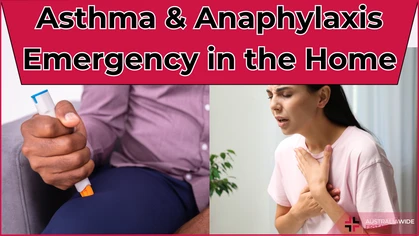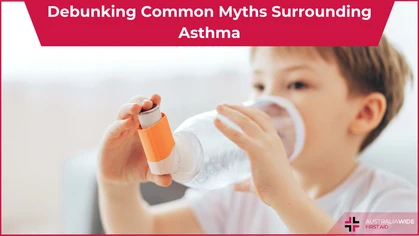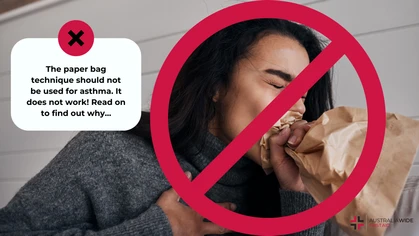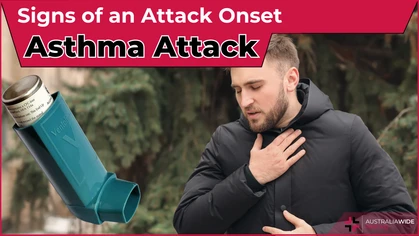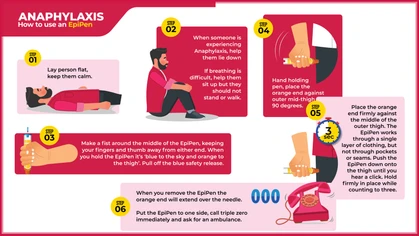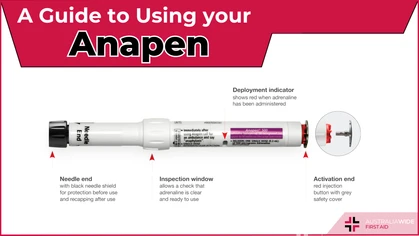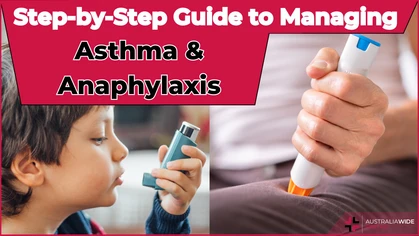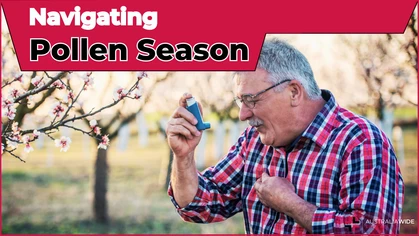World Allergy Week

Allergy and Asthma

World Allergy Week highlights the severity of Anaphylaxis. Anaphylaxis is an acute, potentially life threatening hypersensitivity reaction. It is important to know first aid for anaphylaxis, as the reaction develops rapidly.
World Allergy Week highlights the severity of Anaphylaxis. Anaphylaxis is an acute, potentially life threatening hypersensitivity reaction involving the release of mediators from mast cells. An anaphylaxis reaction is defined by a number of signs and symptoms, alone or in combination, which occur within minutes, or up to a few hours after exposure to the provoking agent. An anaphylaxis reaction can be mild, moderate to severe, or severe. Most cases are mild but anaphylaxis has the potential to become life-threatening. The reaction develops rapidly, usually reaching peak severity within 5 to 30 minutes and can, but very rarely, last up to several days.Symptoms and Signs
The initial manifestation of anaphlyaxis may be loss of consciousness. In this instance, the symptoms and signs of anaphlyaxis are isolated to one organ system. Anaphylaxis is usually a systematic event, so in the vast majority of patients, two or more systems are involved. Oral: Swelling of the lips, tongue and palate. Respiratory: Upper airway obstruction from swelling of the tongue, oropharynx or larynx, broncho-spasm, chest tightness, coughing, wheezing, rhinitis, sneezing, congestion, rhinorrhea. Gastro-intestinal: abdominal pain, nausea, vomiting, diarrhoea. Cardiovascular: faintness, hypertension, arrhythmias, hypovelmic shock, chest pain. Other signs include:- Wheeze and persistent cough
- Difficult talking and/or hoarse voice
- Persistent dizziness / loss of conciousness / or collapse
- Pale and floppy (particularly young children)
- Hives, welts and body redness
Causes of Anaphylaxis
Foods:- Peanuts (a legume)
- Tree nuts (walnut, hazel nut/filbert, cashew, pistachio nut, brazil nut, pine nut, almond)
- Fish
- Shellfish (shrimp, crab, lobster, oyster, scallops)
- Milk (cow, goat)
- Chicken eggs
- Seeds (cotton seed, sesame, mustard)
- Fruits, Vegetables
- Insulin
- Seminal proteins
- Horse-derived antitoxins (a latter which is used to neutralize venom in snake bites).
Emergency Treatment of Anaphylaxis
People with diagnosed allergies should avoid all trigger agents / confirmed allergens and have a readily accessible anaphylaxis action plan and medical alert device. Whenever possible, this information should be sought and implemented provided it does not delay emergency treatment and seeking medical advice. If allergic reaction or anaphylaxis has occurred from a insect bite or tick bite, immediately remove the sting or carefully remove the tick. More information about how to correctly remove paralysis ticks can be found in our Resource Library. An injection of adrenaline is the first line drug treatment in life-threatening anaphylaxis. People who are aware of their allergens or provoking agents should have prescribed medication including adrenaline in the form of an auto-injector. If the victim is showing the signs and symptoms of anaphylaxis, the following steps should be followed:- Lay victim flat, do not stand or walk if breathing is difficult. Allow them to rest
- Prevent further exposure to the triggering agent if possible
- Administer adrenaline (Child less than 5 - 0.15mg intramuscular injection. Child older than 5 years - 0.3mg intramuscular injection)
- Call an Ambulance (Call 000)
- Administer oxygen or asthma medication for respiratory symptoms
- Further adrenaline should be given if no response after five minutes
- If breathing stops, follow the Basic Life Support Flowchart (DRSABCD)
For first aid training on Emergency treatment of Anaphylaxis, call Australia Wide First Aid on 07 3437 7500 and book a course today.
Originally published at
https://www.australiawidefirstaid.com.au/resources/world-allergy-week
as part of the Australia Wide First Aid Articles Library
